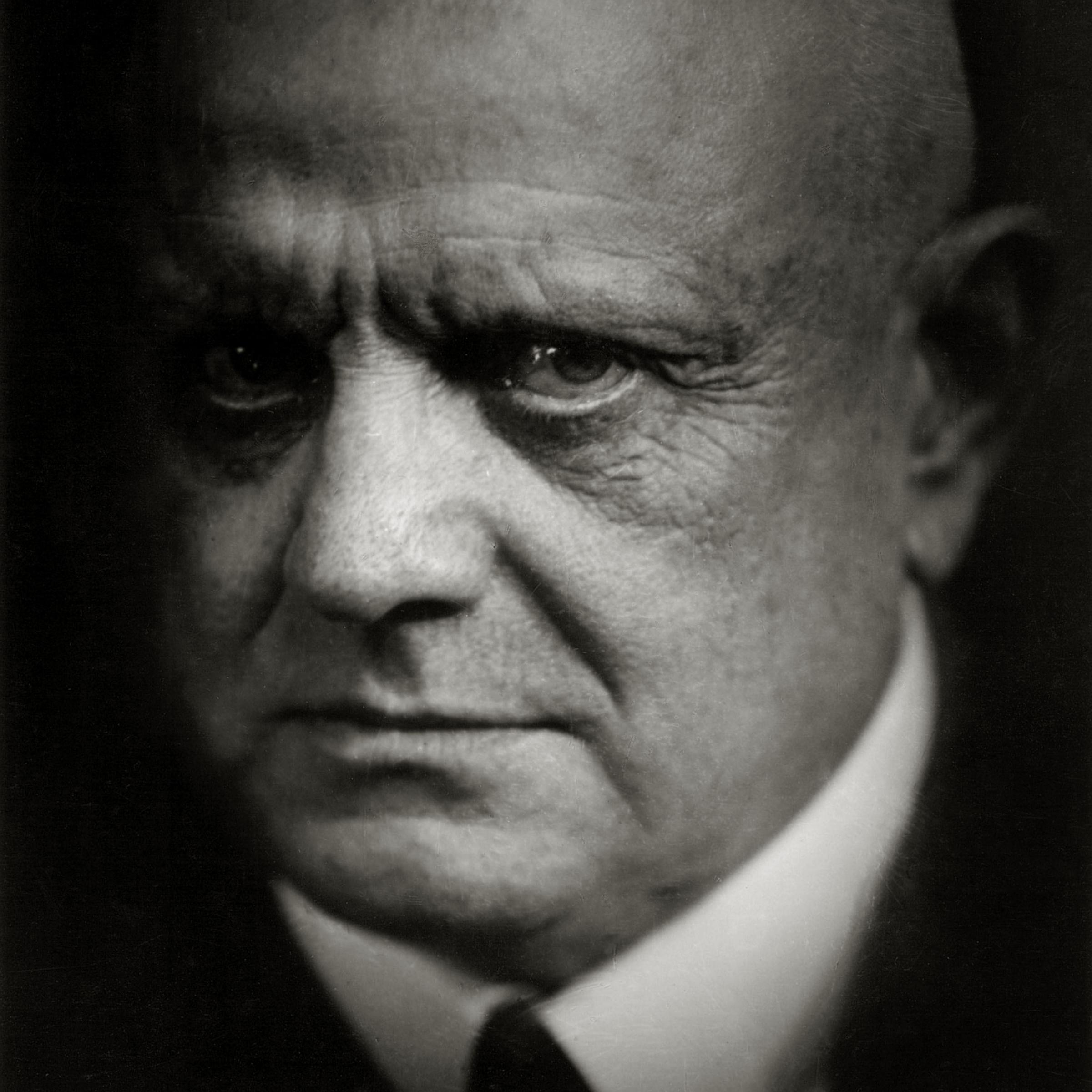

Rumours of an eighth symphony (promised for performance in the early 1930s) and even a ninth symphony were unfounded.

7 in C Major) and Tapiola (1925) but then lapsed into the long silence of his last years. After World War I he published his greatest works, the last three symphonies ( No. With this work Sibelius turned his back on the national romanticism of the second symphony and the Violin Concerto in D Minor (1903) and moved toward the more searching and uncompromising mode of utterance of En Saga and the Symphony No.


2 in D Major (1901) in Berlin, and the British composer Granville Bantock commissioned his Symphony No. The pianist-composer Ferruccio Busoni, whose friendship he had made in Helsinki as a student, conducted his Symphony No. In the first decade of the 20th century Sibelius’ fame penetrated the European continent. Sibelius’ compositions of the 1890s are those of a nationalist composer working in the Romantic tradition. His tone poem Finlandia was written in 1899 and revised in 1900. 1 in E Minor (1899), the Finnish Senate voted Sibelius a small life pension in recognition of his genius. In 1897, before the appearance of his Symphony No. The third of the four symphonic poems in Four Legends is the well-known The Swan of Tuonela (1893). This and succeeding works, En Saga (1892), the Karelia music, and the Four Legends, established him as Finland’s leading composer. On his return to Finland a performance of his first large-scale orchestral work, the Kullervo Symphony (1892), created something of a sensation. In his mid-20s he left Finland to continue his studies in Berlin and Vienna, where his teachers included the composers Robert Fuchs and Karl Goldmark.Ĭrazy for classical music? Compose yourself and find out how much you know about Handel, Mozart, Dvorák, and more.
#Jean sibelius professional
He adopted the name Jean, which he used throughout his professional career in preference to his baptismal names. Under the guidance of Martin Wegelius he composed much chamber and instrumental music. At first he planned to become a violinist. (Many of his symphonic poems, such as Pohjola’s Daughter and Luonnotar, drew on this source.) Although intended for a legal career, he soon abandoned his law studies at Helsinki, devoting himself entirely to music. Sibelius studied at the Finnish Normal School, the first Finnish-speaking school in Russian-held Finland, where he came into contact with Finnish literature and in particular with the Kalevala, the mythological epic of Finland, which remained for him a constant source of inspiration. 20, 1957, Järvenpää), Finnish composer, the most noted symphonic composer of Scandinavia. Jean Sibelius, original name Johan Julius Christian Sibelius, (born Dec.
#Jean sibelius how to


 0 kommentar(er)
0 kommentar(er)
